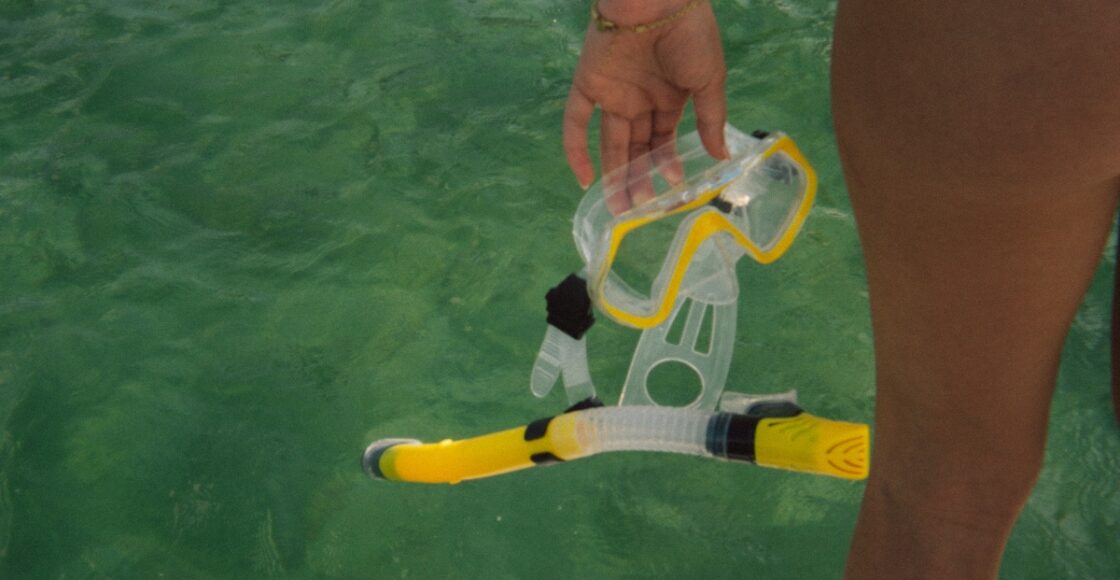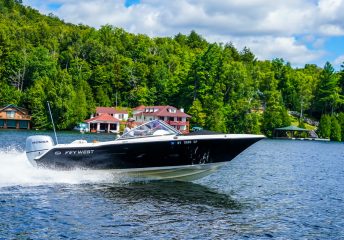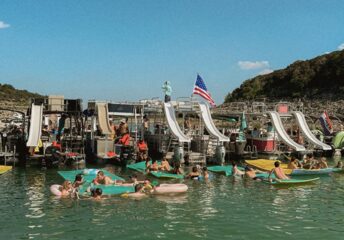Complete Boating Equipment Guide with Must-Have Safety Gear & Fun Extras
Last Updated on April 29, 2025 by Boatsetter Team
Having the right gear onboard makes all the difference. Some items are must-haves to meet U.S. Coast Guard requirements—others are bonus touches that take the experience from good to unforgettable. Use this checklist to stay compliant, keep your Guests safe, and offer the kind of on-the-water adventure that gets you five-star reviews.
5 must-haves for every boat rental (U.S. Coast Guard required)
Federal requirements vary by vessel size and type, but most recreational boats are expected to carry the following five items:
-
Life jackets or personal flotation devices (PFDs) for everyone onboard
-
Throwable flotation device (e.g., life ring or cushion)
-
Visual signaling device (such as flares or electronic visual distress signals)
-
Fire extinguisher
-
Sound-producing device (horn, air horn, or whistle)
- Having a paddle or oar for small boats, or a life raft for open ocean boating.
Need a refresher? Check out the Boater’s Guide to Federal Requirements to make sure you’re up to code. Beyond these requirements, we recommend every boat carries: A well-stocked first aid kit, an anchor with sufficient line, a manual bailing device are smart staples, and a VHF radio or satellite communicator.
Tip: If you’re located somewhere cold, providing spare blankets and dry towels onboard can make all the difference for Guests.
Fishing equipment
If your boat is listed for fishing, a bit of prep goes a long way in creating a great guest experience. For freshwater trips, think spinning rods and reels, a tackle box loaded with soft plastics or spinnerbaits, and a live bait container where allowed. Saltwater charters may require heavier rods, corrosion-resistant reels, and an assortment of lures, jigs, and bottom rigs. Don’t forget a fillet board and gloves for post-catch cleanup—and make sure Guests can easily find the gear by labeling storage compartments clearly.
Want more tips on fishing-specific precautions? Check out our Fishing Safety Guide to make sure you’re fully prepared.
Water sports add-ons Guests will love
Want to offer more than just a cruise? Adding water sports equipment can elevate your rental experience and appeal to groups. From towable tubes for thrill-seekers to paddle boards for relaxed exploring, these extras help your boat stand out:
-
Snorkeling gear
-
Paddle boards or kayaks
List these amenities or Add-ons so potential Guests know what’s included—and what fun awaits. Whether you’re hosting a group of anglers or a family out for fun, the right gear (and mindset) helps everyone enjoy a worry-free day on the water.

Boatsetter empowers people to explore with confidence by showing them a world of possibility on the water. Rent a boat, list your boat, or become a Boatsetter captain today.










